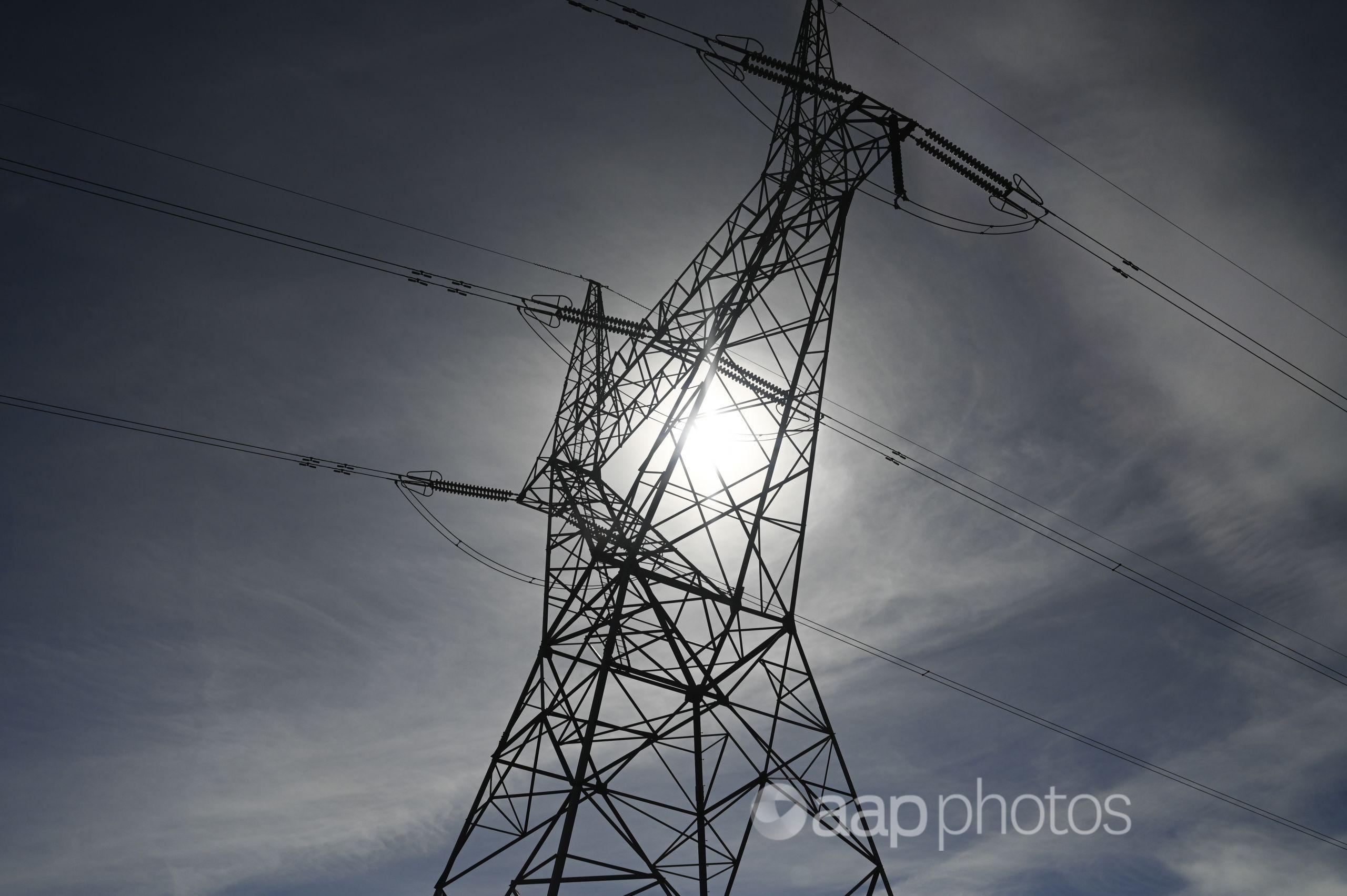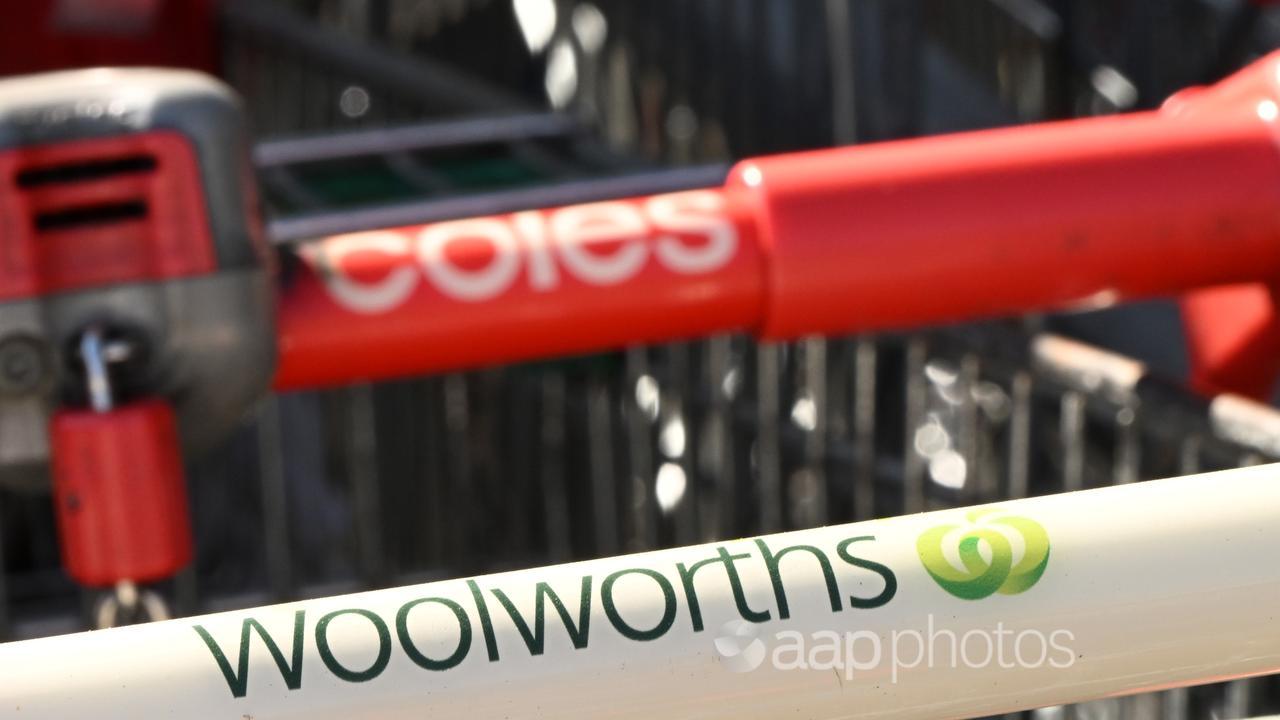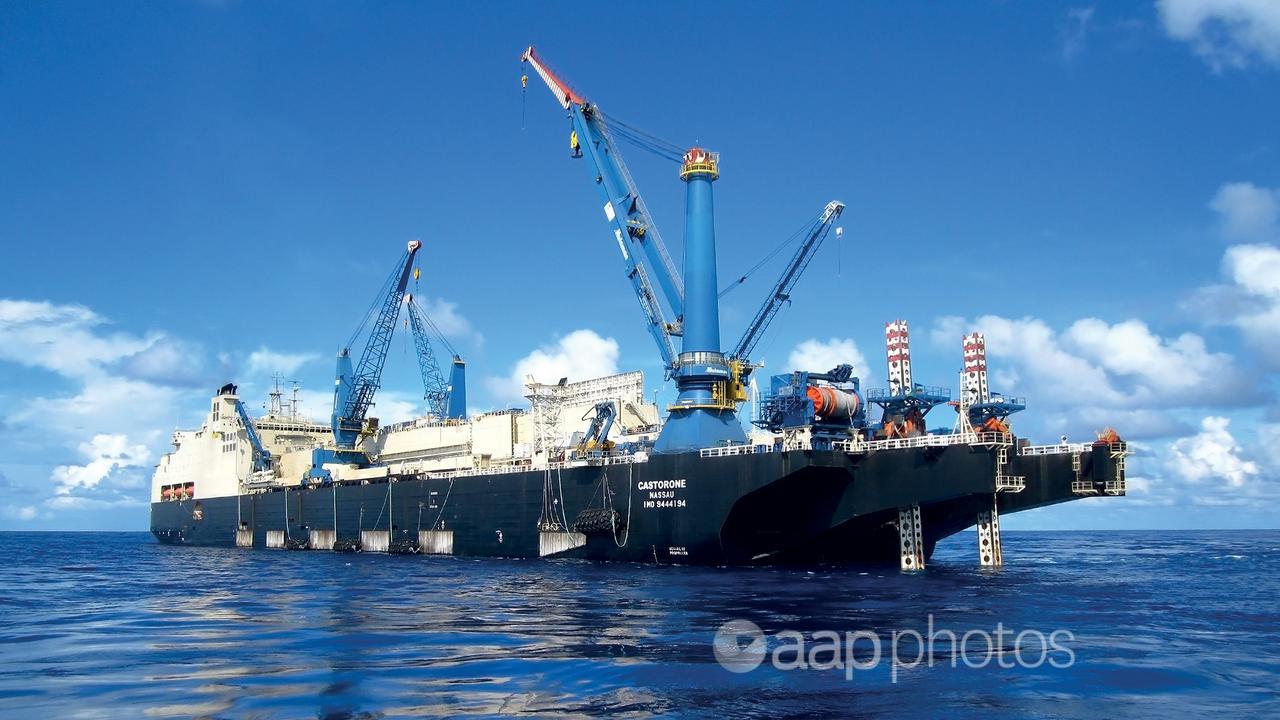AAP FactCheck Investigation: Will transitioning to 100 per cent renewable electricity generation increase power prices in New Zealand?
The Statement
“All that happens, electricity prices go up and that’s what Miss Ardern’s own experts are telling her… According to the experts, 14 per cent up for residential, big numbers for industrial and commercial.”
Judith Collins, National Party leader, September 22, 2020.
“Dealing with our drought years, which is what pumped hydro does, and moving us to 100 per cent renewables, actually brings the price down.”
Jacinda Ardern, Labour Party leader and NZ Prime Minister, September 22, 2020.
The Analysis
As the Labour Party pledges to make New Zealand’s electricity generation 100 per cent renewable by 2030, there is debate about how the move will impact power prices.
Labour agreed to transition to 100 per cent renewable electricity by 2035 in the party’s confidence and supply agreement with the Green Party in October 2017.
In September 2020, Labour said, if re-elected, it would bring forward the target to 2030. But National Party leader Judith Collins has been critical of the policy. During the TVNZ leaders debate on September 22, she said the government’s plans for a new pumped hydro generation scheme to meet the target would lead to higher electricity prices.
“That pumped hydro, $30 million being spent on just a business case, and by the way, all that happens, electricity prices go up and that’s what Miss Ardern’s own experts are telling her… According to the experts, 14 per cent up for residential, big numbers for industrial and commercial. That’s what’s happening.”
But Labour leader Jacinda Ardern disagreed.
“Dealing with our drought years, which is what pumped hydro does, and moving us to 100 per cent renewables, actually brings the price down,” Ms Ardern said.
AAP FactCheck examined whether government experts predicted that transitioning to 100 per cent renewable electricity generation would lead to a hike in electricity prices, or whether the move would bring prices down.
Ms Collins office referred AAP FactCheck to a report by the government’s independent Interim Climate Change Committee (ICCC) which provided advice to the government on its renewable electricity target.
The ICCC commissioned a model to look at the economic impact of meeting the target. It found retail electricity prices could increase by 14 per cent for residential users, 29 per cent for commercial users and 39 per cent for industrial users (Table 4.4, page 57).
Wholesale electricity prices could increase from $80 per megawatt hour (MWh) to between $113/MWh and $125/MWh, or a 41 to 56 per cent increase (page 55-56).
However, this model was based on achieving 100 per cent renewable electricity by “overbuilding” renewable generation and adding batteries to make up for years when hydro dams were low (page 38). Under the model, the extra renewable generation would mainly come from an increase in geothermal, wind and large scale solar generation (page 48).
But the report found pumped hydro storage “shows promise” and recommended the government investigate this further as an alternative (page 98).
In July, the government announced it would spend $30 million to develop a business case for a pumped hydro scheme at Lake Onslow as the primary way to meet its renewable energy target. In September the Labour Party said it would spend a further $70 million to accelerate the option if elected.
A spokesperson for Ms Ardern said the pumped hydro scheme would be significantly cheaper than the options the ICCC investigated and would lower electricity prices for both consumers and businesses “in the longer term”.
Ms Ardern’s office cited a Business Desk article by Dr Keith Turner, who was one of six experts on the ICCC and former CEO of Meridian Energy, NZ’s largest electricity producer. In the article, Dr Turner said the Lake Onslow scheme could lead to lower electricity prices.
He said the $4 billion cost of building the scheme could increase electricity prices by 0.5- to -0.75 cents per kilowatt hour, but that savings would likely see wholesale prices drop by twice that amount.
This was because the Lake Onslow scheme would reduce reliance on gas and remove the price hikes from hydro electricity during dry years.
Ms Ardern’s office also cited a blog post by University of Waikato hydrology professor Earl Bardsley which said the scheme “will tend to depress electricity prices” as it would enable greater use of cheaper hydro-electricity.
AAP FactCheck contacted an independent expert, University of Auckland senior economics lecturer Stephen Poletti. Dr Poletti has written multiple papers on New Zealand’s electricity market and is supervising a Masters modelling the economic impact of the Lake Onslow pumped hydro project.
He agreed that the scheme would likely decrease electricity prices.
Dr Poletti said currently electricity prices increased during dry periods when water in the country’s hydro dams was low. The Lake Onslow scheme would remove these intermittent price hikes, as the power station could sell cheap electricity during these periods.
The Lake Onslow reservoir could then be filled via a pump when electricity prices were low, when there was an excess of wind and solar power, and so could operate at a relatively low cost.
But Dr Poletti said the impact on prices would depend on how the cost of building the scheme was recouped. If the $4 billion was paid off via a fixed levy on wholesale electricity prices over a long period of time then he said it would likely result in much lower prices.
However, if the electricity from Onslow was sold at an inflated price to recoup construction costs over a short period then these benefits may be reduced.
The Masters Dr Poletti is supervising has looked at how the scheme would affect prices in 2050 and found it would not have an impact.
The Verdict
AAP FactCheck found the statement that the government’s plan to make New Zealand’s electricity generation 100 per cent renewable by 2030 would significantly increase prices to be mostly false.
While a report did find electricity prices could increase significantly under certain scenarios, the government is investigating using a pumped hydro storage scheme which experts predict will reduce electricity prices.
However, there is a level of uncertainty about how the pumped hydro storage will affect prices and how it will be paid for as investigations into the scheme are still in the early stages.
Mostly False – The claim is mostly false with one minor element of truth.
* AAP FactCheck is accredited by the Poynter Institute’s International Fact-Checking Network, which promotes best practice through a stringent and transparent Code of Principles. https://aap.com.au/
All information, text and images included on the AAP Websites is for personal use only and may not be re-written, copied, re-sold or re-distributed, framed, linked, shared onto social media or otherwise used whether for compensation of any kind or not, unless you have the prior written permission of AAP. For more information, please refer to our standard terms and conditions.


















